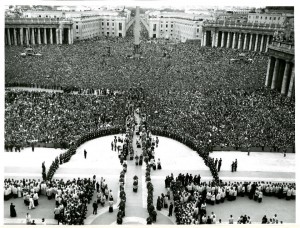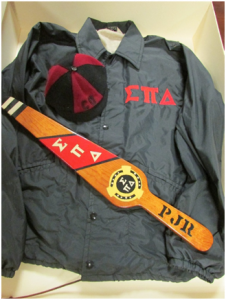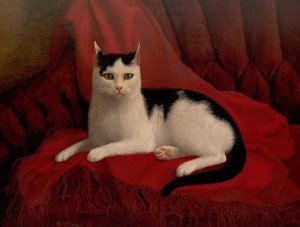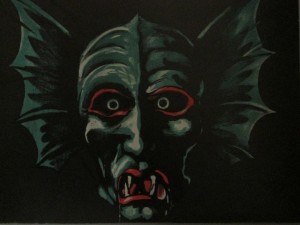
At the time of this writing, Brookland is winding down after hosting North America’s first canonization mass. During his visit yesterday, Pope Francis canonized St. Juniperro Serra. While this new saint never set foot on the campus, this does not mean that CUA has no direct connections with any holy figures. In addition to visits from popes and presidents, several alumni currently have open causes for canonization.
Saints come in all shapes and sizes. A classic image of the saint may be one of a faithful martyr or a robed missionary, such as Serra. We may even think of them as primarily ancient or medieval figures. However, the modern age has seen a flourishing of canonizations. Yesterday’s ceremony was the culmination of decades of investigations, advocacy, and devotion. The process to being declared a saint is complex, with a number of steps and inquiries along the way. Beginning as a Servant of God, individuals with an open cause may eventually proceed to Venerable to Blessed and, finally, to Saint. Some figures, like Serra, may be held at one stage for decades (or even centuries!), while others may move along in the process more quickly. This process has a long history, stretching back to the earliest days of Christianity, although the papacy itself was not always directly involved. Continue reading “The Archivist’s Nook: Are there any CUA Saints? – A Crash Course in Canonization”




